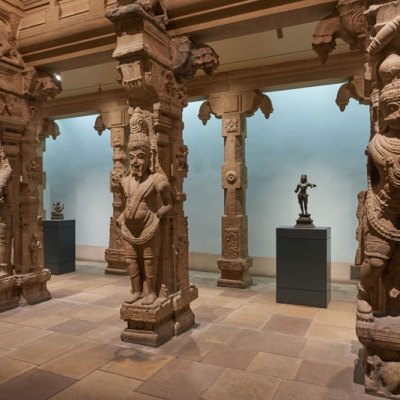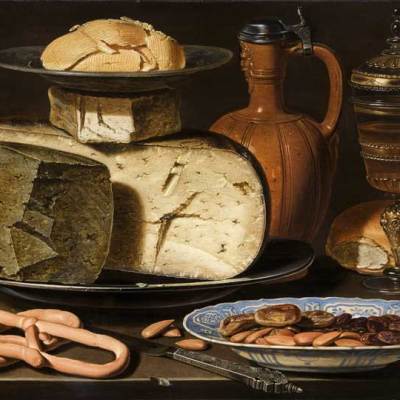‘We want to make you look at art differently,’ says Qamar Adamjee, a curator at the Asian Art Museum in San Francisco. As she points out, visitors to the museum – which holds what is arguably the finest collection of Asian art outside Asia – do not always looks as closely at objects as they might: ‘Visitors think all Buddha images look the same,’ she says. ‘Seen one seen them all!’
Such an attitude prompted Adamjee and her fellow curators, Jeffrey Durham and Karin G. Oen, to devise ‘Divine Bodies: Sacred Imagery in Asian Art’ (until 29 July), an exhibition about the representation and meaning of divinity. ‘We bring Buddhas together from different countries’, Adamjee says. ‘India, China, Indonesia, Afghanistan. And we ask the big questions: why do they look similar and why do they look different?’
The Buddhist deity Guhyasamaja (c. 1400–1500), China. Asian Art Museum, San Francisco
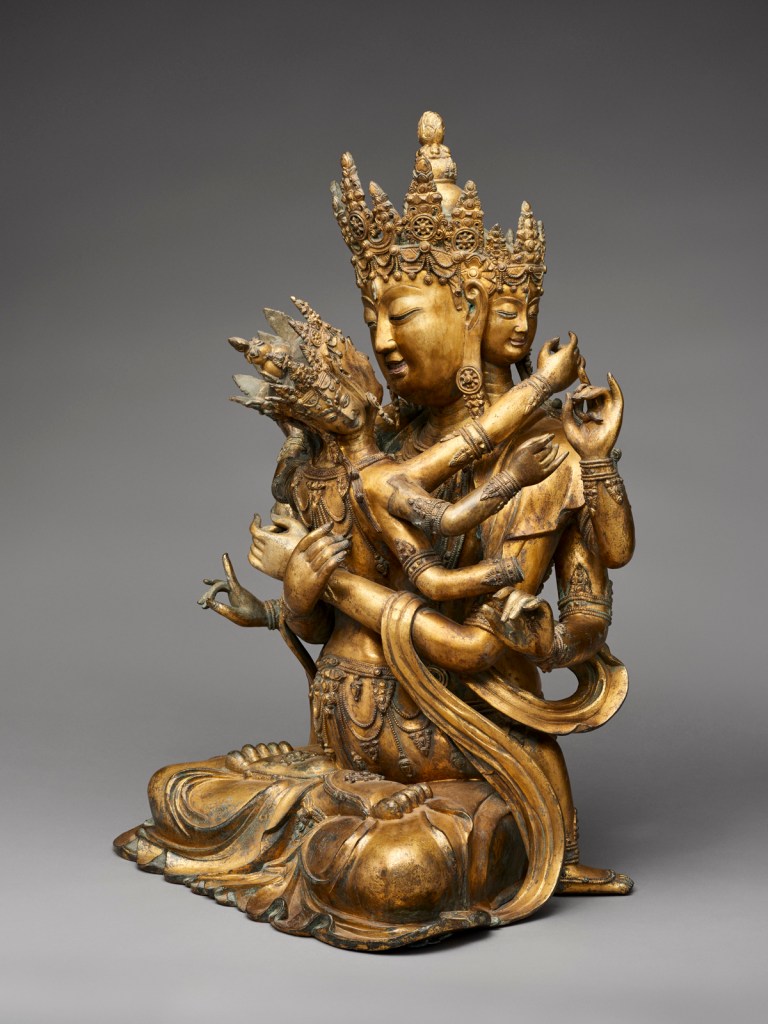
The variations are immediately visible in local physiognomies and artistic traditions, proving Adamjee’s point that not all Buddhas look the same. What these images share – and what the show is really about – is harder to see: all of them attempt to depict divinity in bodily form. For centuries, this has been the pursuit of theologians, artists and craftsmen, giving the world some of its greatest art. Beyond the fundamental difficulty of depicting the intangible, this has involved the challenge of encapsulating some of the many, frequently contradictory ideas that are associated with the divine: power, protection, compassion, hope, fecundity, ascetism, inclusiveness, exclusiveness, and a general ability to cover all eventualities. In the 21st century, people rarely discuss such nuances.
The Hindu deity Shiva (c. 1300–1500), India, Tamil Nadu state. Asian Art Museum, San Francisco
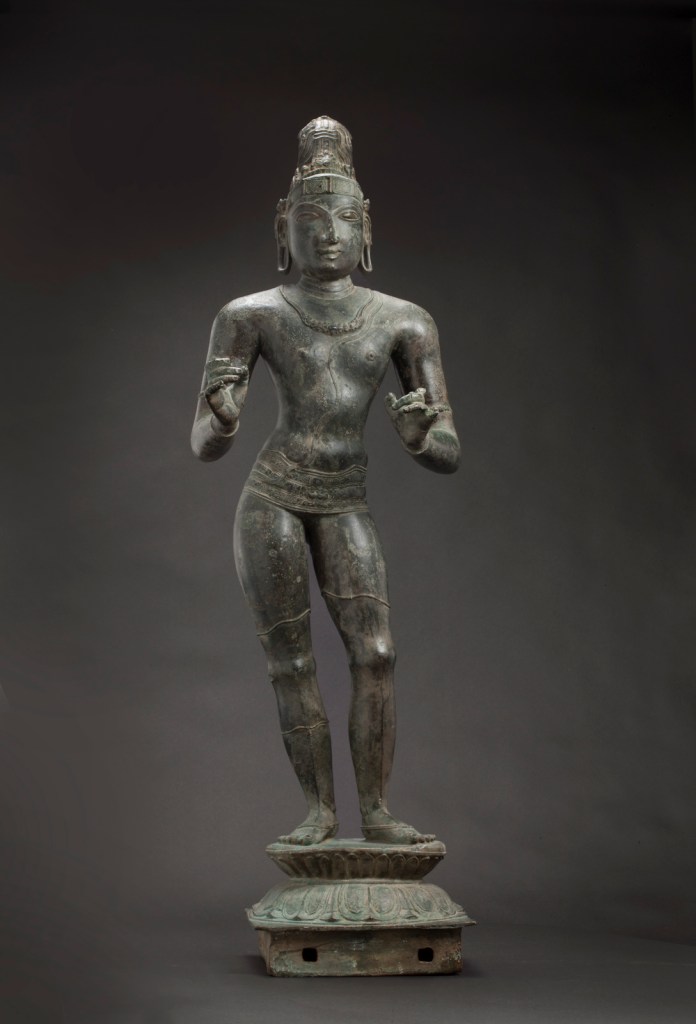
Such discussions are what the curators of this exhibition have set out to prompt, however. Wisely, for such a challenging subject, the exhibition is small. It comprises around 70 sculptures of the divine in some or other human form, from the enlightened Buddha represented as Guhyasamaja (‘hidden union’) in the act ecstatic love-making to the the figure of a Jain saint, pillar-like in its stillness and self-control, to Shiva, with his confident sensuality expressed in his exaggerated contrapuntal pose. There is also a self-guided meditation, which visitors can conduct via a Tibetan mandala of the Buddhist deity Vajrabhairava – one of a handful of thangkas, paintings and photographs that complement the sculptures. Most pieces are Buddhist or Hindu, selected from the museum’s astounding collection. But a handful of loaned contemporary pieces remind visitors that divinity can be a current discussion, too: Vivan Sundaram spoofs and updates photographs of the sculptures of Khajuraho, the well-known temple complex in Madhya Pradesh, by painting make-up, spectacles, jewellery and turbans on to them; Dayanita Singh photographs the story of Mona Ahmed, an impoverished eunuch in Delhi whose gender identity makes her simultaneously respected as closer to divinity yet an outcast of society.
Mandala of the Buddhist deity Vajrabhairava (1650–1750), Tibet. Asian Art Museum, San Francisco
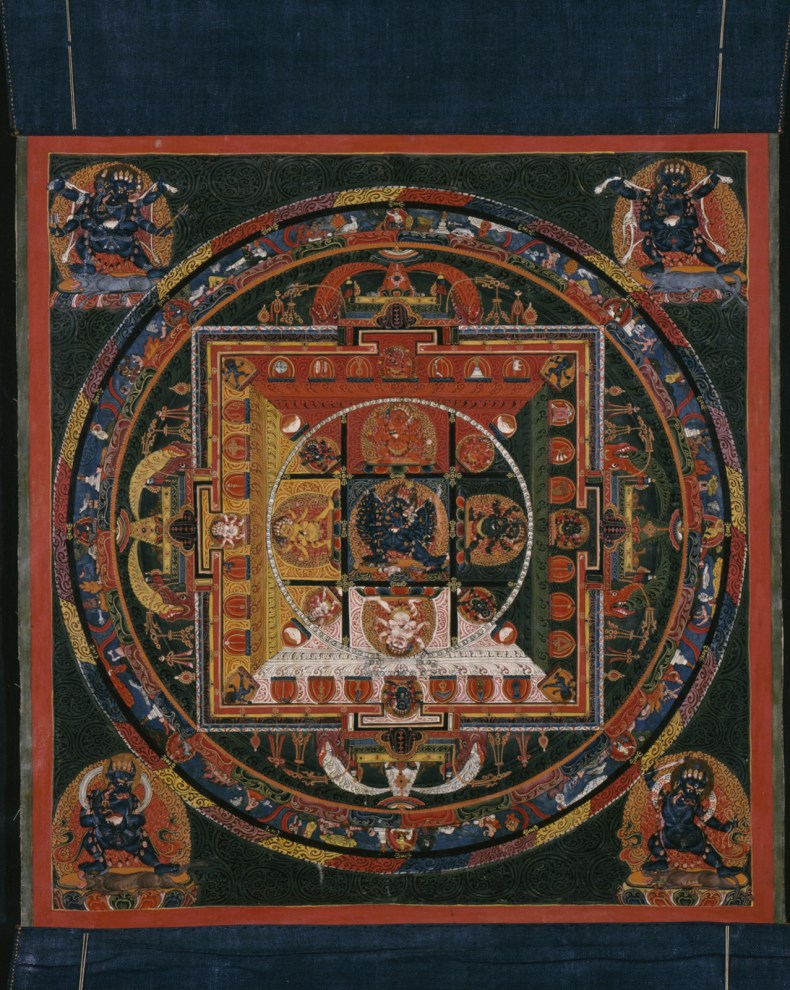
The installation, in two self-contained galleries, contributes to the success of this intellectually ambitious exhibition. Visitors must open and close a door to enter each quiet, sealed space, echoing the ancient idea, shared by most great religions, of withdrawing from the bustling material world to contemplate philosophical ideas and find solutions to life’s great questions. Inside, each adroit grouping of pieces is accompanied by a text panel expressly written to provoke discussions about the divine. There is poetry, too: here some Bhakti or Sufi devotional lines, there a thought from William Blake or the medieval Hindu philosopher Ramanuja. There are no object labels; date, provenance, and even material are not relevant. The focus is on one idea: the manifestation of the divine in a body, for humans to behold and experience.
Installation view of ‘Divine Bodies’ at the Asian Art Museum, San Francisco
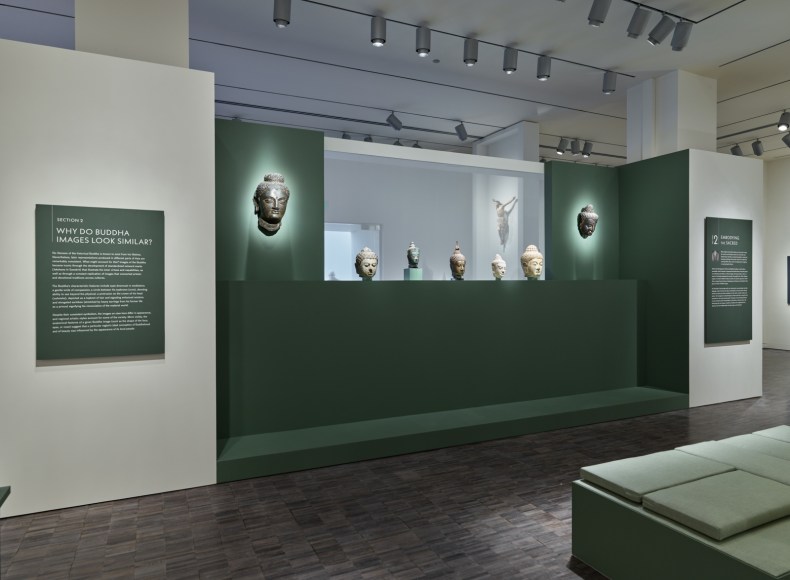
Such ploys appear to be working. When I visited, I watched people enter the first gallery at some pace, then gradually slow down as they moved through the exhibition. I saw them turn a corner and encounter half a dozen Buddha heads, mounted in a row – each so different, but each embodying the sacred. I saw visitors pause, sit, and look. And I like to think that one or two of them were experiencing the very divinity that the theologians and their craftsmen sought to convey as they conceived of their ‘divine bodies’.
‘Divine Bodies’ is at the Asian Art Museum, San Francisco, until 29 July.

